 |
 |
| Home | Welcome | What's New | Site Map | Glossary | Weather Doctor Amazon Store | Book Store | Accolades | Email Us |
 | |||||||||||||
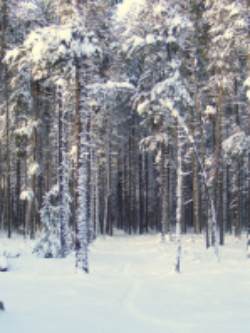 Weather Almanac for December 2009...AND THROUGH THE WOODS
The snow and wind had begun in the late afternoon Sunday so that when I went to Jane’s for dinner, I had a good accumulation of snow to remove from the car. Therefore, I was not at home in the evening when the power first went out, and I stayed at Jane’s in the dark for an hour before heading home. She has a woodstove that made it comfy warm…perhaps even too hot for my liking. I have electrical heat so I was glad that the air temperature outside was relatively mild so that my home did not lose much heat. By 11 pm, we gave up on waiting for the power to be restored soon, and I left for home. The mile-long drive was interesting as the scene was quite bright given that the whole town was dark. Of course, the falling and fallen snow reflected any light available, and I assumed the brightness came through the clouds from a moon that was nearly full. The Beaver Moon or Frosty Moon begins in two days (1 December here), the first of two full moons this December; the second will occur on New Year’s Eve and be called a Blue Moon. As I drove home, I found myself singing that winter holiday song known as Over the River and Through the Woods that so well depicts the scene, though I crossed no rivers nor streams and my sleigh is a 1987 Nissan. But the blowing snow sure stung the nose. 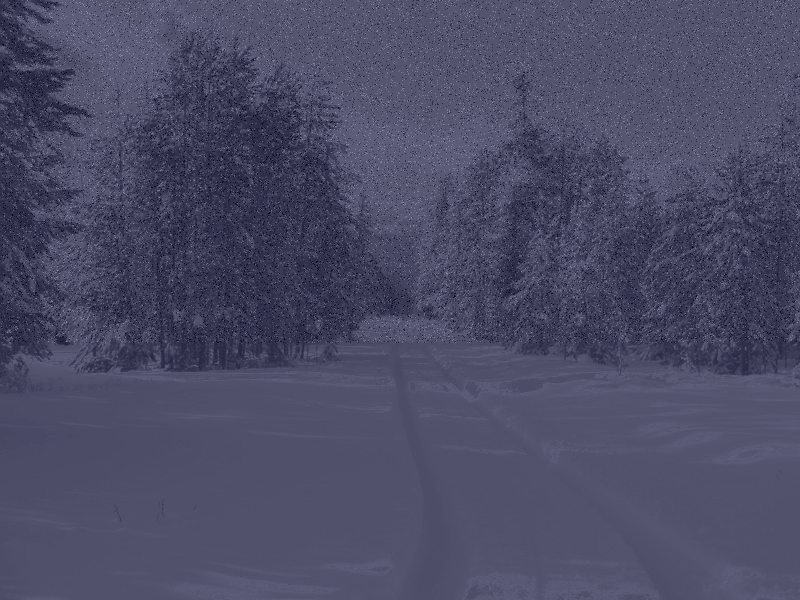 I should have gone back outdoors with my camera and shot a few pictures of the surroundings, but did not, and I regret that. (The above is a photoshoped image of what I thought it was like.) It was a Winter Wonderland in the artistic sense. Each tree was flocked with the heavy snow. This morning, the scene was much the same until the winds picked up. It reminded me of those postcard or Christmas card scenes that are particularly beautiful in depicting winter. Over The River…The song I had been singing while driving was actually written as a poem by Lydia Maria Child in 1844 and published in her volume Flowers for Children, Vol. 2 under the title: A Boy’s Thanksgiving Day. Marie, as she was known, was one of the first professional woman writers in the United States. Born in Medford, Massachusetts, she was an abolitionist and early activist for women’s and native rights. Her first novel Hobomok, a tale of pioneer life, was among the first to portray a Native American as its main character in a sympathetic light. Today, she is best known for this poem and her cookbook The Frugal Housewife, published in 1830 (later re-titled The American Frugal Housewife in 1832) and The Family Nurse, or, Companion of The Frugal Housewife (1837). 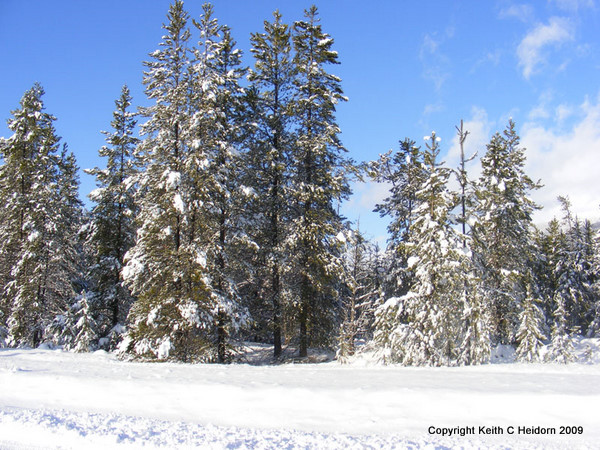 As the title of the original poem suggests, “Over the River” was about Thanksgiving, not Christmas, and we now use it for both holidays. The original poem is given below. When I did get into bed that snowy night, no visions of sugar plums danced through my head, but ideas for an essay did. Recently, I read in Jesse Ferrell’s Accuweather Blog that many of our late year traditions, such as depicted in this poem/song, arose during the later years of the “Little Ice Age.” The Little Ice Age is the name given to the cold European and North American weather over the period from the Fourteenth Century until the late Nineteenth. Charles Dickens’ A Christmas Carol was also written in the 1840s and Twas the Night Before Christmas by Clement Clarke Moore in the 1820s. The famous art work by Currier and Ives was produced during the mid to late 1800s. And in the song White Christmas written by Irving Berlin in 1940, the reference to “just like the one’s I used to know” brings out the idealistic notions of what weather was considered “normal” for the time of year in the early years of the Twentieth Century based on the now-concluded Little Ice Age. 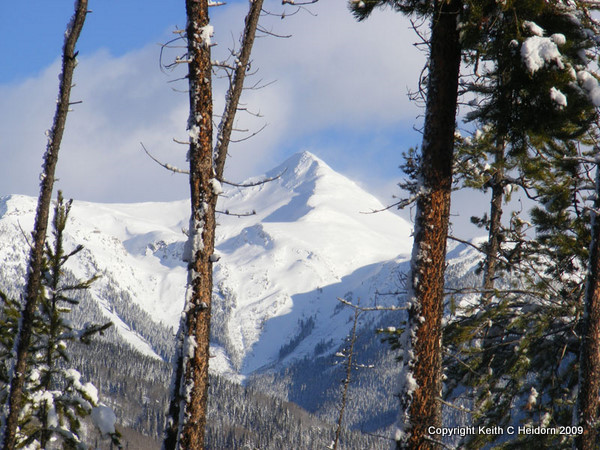 “A Boy’s Thanksgiving Day” written in 1844 fits into that time as well. It is hard today to imagine that much snow on the ground by the American Thanksgiving in late November. Prior the American Civil War, the date for Thanksgiving was not fixed nationally. The first two US Presidents, Washington (1789 and 1795) and Adams (1798 and 1799), had proclaimed a day of thanksgiving but not every year. The first Washington proclaimed was celebrated on October 3rd 1789. Madison renewed the tradition but not for days in autumn. Various States proclaimed a day for thanksgiving, often observed in the late summer or early autumn as part of the harvest festivals, as the first Pilgrim Thanksgiving had been in 1621. The governing council of Charlestown, Massachusetts proclaimed the first recorded Thanksgiving observance on June 29, 1671. During the Eighteenth Century individual colonies commonly observed days of thanksgiving throughout each year. In 1816, Governor Brooks of Massachusetts set Thursday, November 28 to be “observed throughout that State as a day of Thanksgiving.” That same year New Hampshire Governor Plamer appointed Thursday, November 14 as the day of Public Thanksgiving. The Governor of New York annually appointed a day of thanksgiving in the Fall from 1817 onwards. Child, a Massachusetts resident, likely considered late November for the time of year in the poem.  President Abraham Lincoln proclaimed a national Thanksgiving Day, to be celebrated on the final Thursday in November 1863, making the observance a national day of thanksgiving. It has been celebrated across America ever since as succeeding American Presidents continued the tradition to be observed on the last Thursday of November. President Franklin D. Roosevelt altered the date to the fourth Thursday in November in 1939 (that year there were five Thursdays). An act of Congress in 1941 officially set the date, as it is now observed, for the fourth Thursday. Is It Winter? or Is This Camelot?As I shoveled my driveway, I chuckled to myself when I thought of what I might hear on the news today if a similar heavy snow had hit one of the major Canadian cities like Vancouver or Edmonton or any northern American city. Many newscasters, including many weathercasters who should know better, would decry the appearance of winter weather almost a full month before “the official start of winter” — meaning the winter solstice. Weather author and former editor of the USA Today weather page Jack Williams and I have both had our hackles raised by this perpetual misstatement. He has even offered to buy lunch for anyone who could show him a government statute that declared any official proclamation for the start of any of the four seasons. 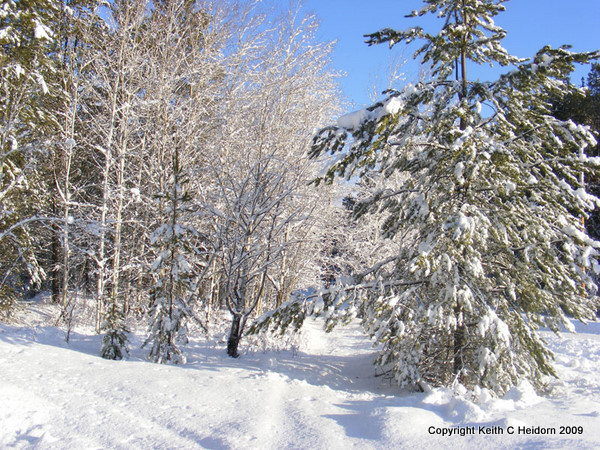 Whenever I hear that ridiculous statement about a certain type of weather happening before a specific “official” date being spread across the air waves, and now through cyberspace, I am always reminded of the title song of the Lerner and Loewe musical Camelot. Therein, Arthur is describing the kingdom to Guinevere where by royal decree: “The crown has made it clear. The climate must be perfect all the year…” So that “The winter is forbidden till December And exits March the second on the dot.” Here in Valemount — I wish that were true, but the truth is winter weather can begin in September and end by May although it is not unusual to see a skiff of snow at elevation on the ridge tops anytime during the summer months. This year we have been lucky as the influence of El Niño brings unseasonable warmth to the northlands and winter weather only began in town last week. (Though we did have a quick freeze in early October that saw temperatures drop to -18C (0 F) and quick freeze the green leaves.) 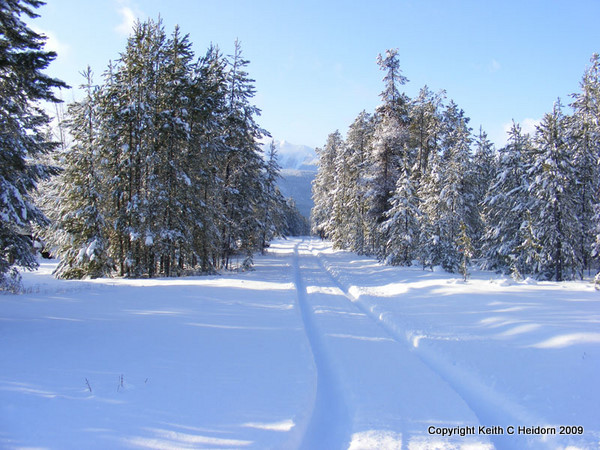 Yes, the astronomical seasons are defined by the equinoxes and solstices, but these dates have no physical connection to the weather/climate seasons and definitely no box to confine any particular type of weather. In fact, many of the so-called pagan celebrations consider the winter solstice “mid-winter,” the nadir in the solar cycle. If you are of a truly solar bent as they were and follow the sun’s cycle for available hours of light, or solar energy reaching the ground, you would place the winter solstice at the center of the period from about Halloween (October 31st) to Groundhog Day (February 2nd). I call this stretch solar winter as it is the quarter of the year with the least available amount of sunlight, the Dark Days in our Northern climes. Thus solar winter begins in early November (actually about the 7th) and last to the first days of February (thus the connection with Groundhog Day, Candlemas, and Imbolc). Similarly, the summer solstice and both equinoxes fall in the middle of their solar seasons. (For more, see my article, The Wheel of the Year. 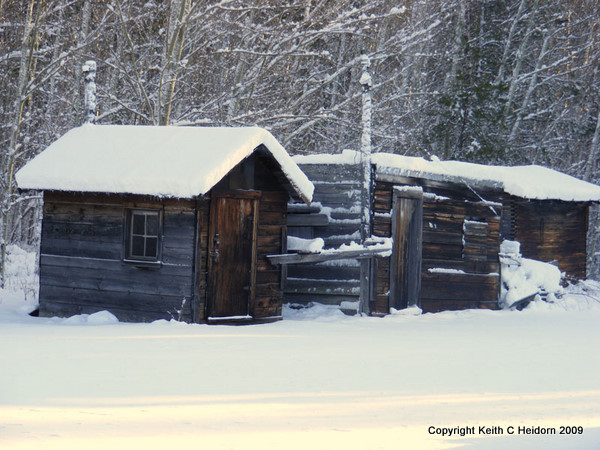 For meteorologists and climatologists the start to the winter season, based on the annual temperature cycle, is December 1st, the closest we will get to an official start to the season. For those of us in the Northern Hemisphere, this is the quarter of the year (in whole months) with the lowest average climatological mean temperatures. (For our friends in the Southern Hemisphere, it marks the first day of the summer season.) Many of us in the northern latitudes, particularly here in Canada, have been tasting winter weather for a month or so, and the famous British Columbia ski areas have been building their snow bases since October. Some of us would be quite happy to see wintry weather hold off until just before Christmas and then provide enough snow for a White Christmas. Others for whom winter sport is their joy wish winter would begin just after Labor Day, or perhaps after Canadian Thanksgiving Day in early October. Of course, the definition of winter and wintry weather is very arbitrary and regionally dependent. Is it high temperatures below freezing or the occurrence of snowfall? Is it snow of some depth covering the ground for a specified period or a daily mean temperature below a certain limit? It can differ widely across the North American continent. For example, Dr Morton D. Winsberg in his book Florida Weather defines the onset of the winter season for locations in Florida as the first week in which the average daily maximum temperature drops to 75oF (23.9oC). The sun has broken through and is now glistening on the new-fallen snow so I am off to photograph the beauty. Happy Winter! 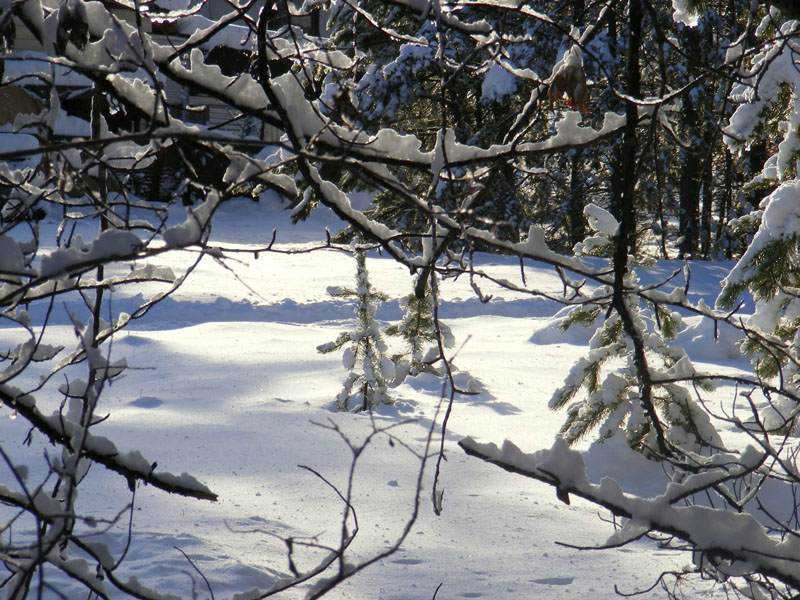 I haven’t found when the poem was put to music nor who added the music or changed it to refer to Christmas, though likely it was part of the traditional folk music process. The original poem has been shortened to:
Learn More From These Relevant Books
|
|||||||||||||
 |
To Purchase Notecard, |
Now Available! Order Today! | |
 |
 |
Now |
The BC Weather Book: |


